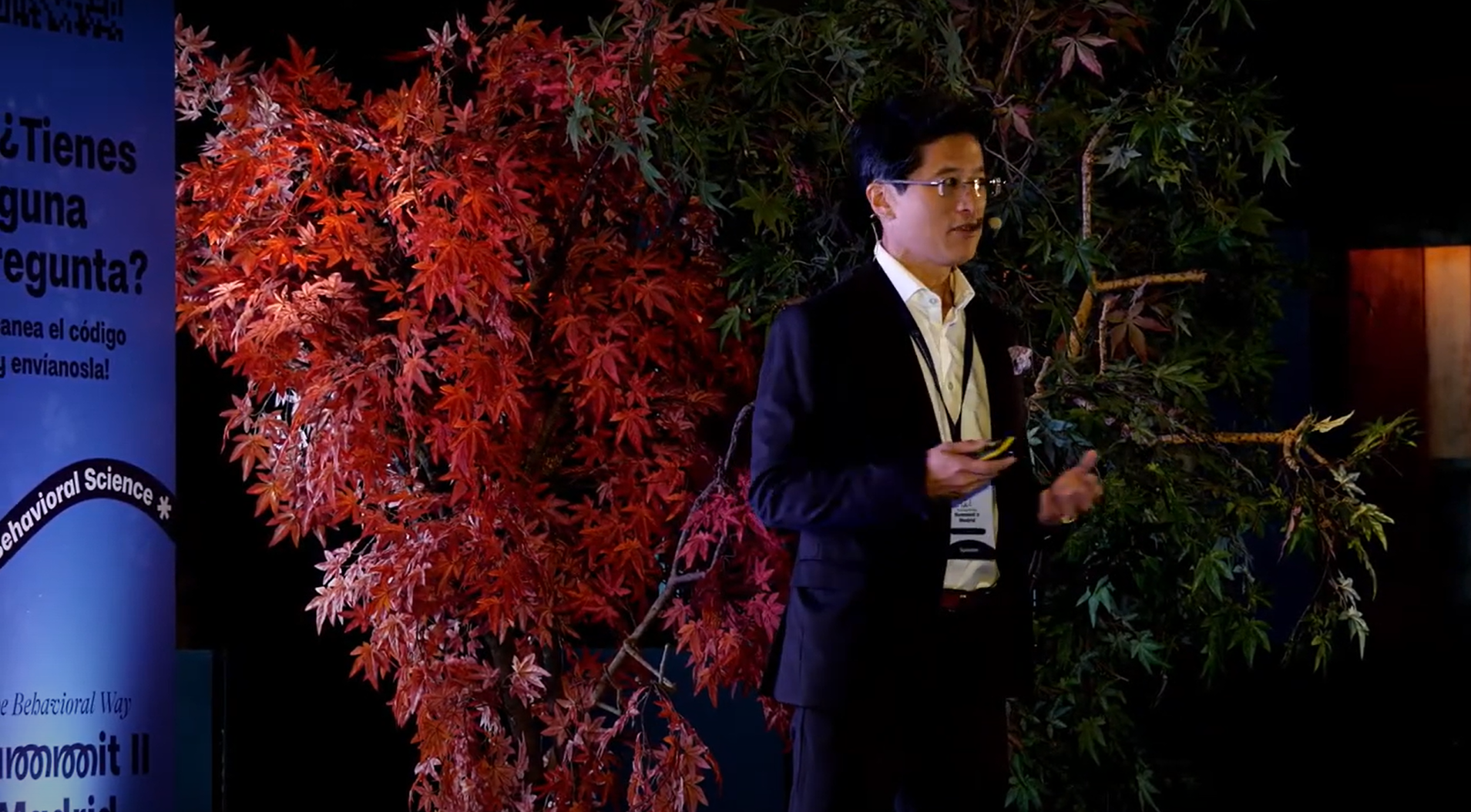For many strategy engagements, a lot of attention is paid to the detailed analysis framework. For example, should a benchmarking framework be used? Or will that framework lead us down a path of mediocrity? Or perhaps value-chain or Blue Ocean-like analysis should be used here? What method should we use for prioritizing brand associations and rectifying brand image versus identity? Regardless of strategy technique, one key output of these efforts is often a scorecard summary. A scorecard is tangible. It can be like a report card that you got from school in elementary school. While the scorecard is important, it’s important to not lose sight of how a scorecard is developed and what the scorecard could mean for your organization.
The figure below shows an illustrative scorecard for a company. The scorecard helps to identify strengths and weaknesses. In the scorecard below, I’ve also depicted areas where the company needs to make improvements (operational and tactical focus) and where the company needs to differentiate longer-term (strategic focus).
Traps with scorecards can happen with the processes before, during, and after the scorecard.
Common traps that can occur before the scorecard are:
- Failing to craft the problem statement properly
- Pursuing too narrow activities to solve the problem statement
- Falling short on involving a broad part of the organization in the assessment & strategy development process
- Getting the wrong mix of structured and unstructured methods
- Using the wrong tools for the job
- Having an inherently biased processes or failing to frame and address biases and limitations properly
Traps during the scorecard readout process include:
- Being too negative and demotivating an organization
- Not stepping back from the scorecard to look at the bigger picture
- Failing to educate new audience members about the context of the scorecard and the prior processes used to arrive at the scorecard
- Letting an organization rest on its laurels
(Very) common traps after the scorecard readout process include:
- Failing to develop specific action plans
- Not having a good follow-up and cadence for making progress
The picture below shows the logical context for an example scorecard process, and it is an important aspect often lost in the mix. Note that the process context for the scorecard is as important (if not more important) than the scorecard itself.
What are your experiences with scorecards? How can you use them more effectively?
